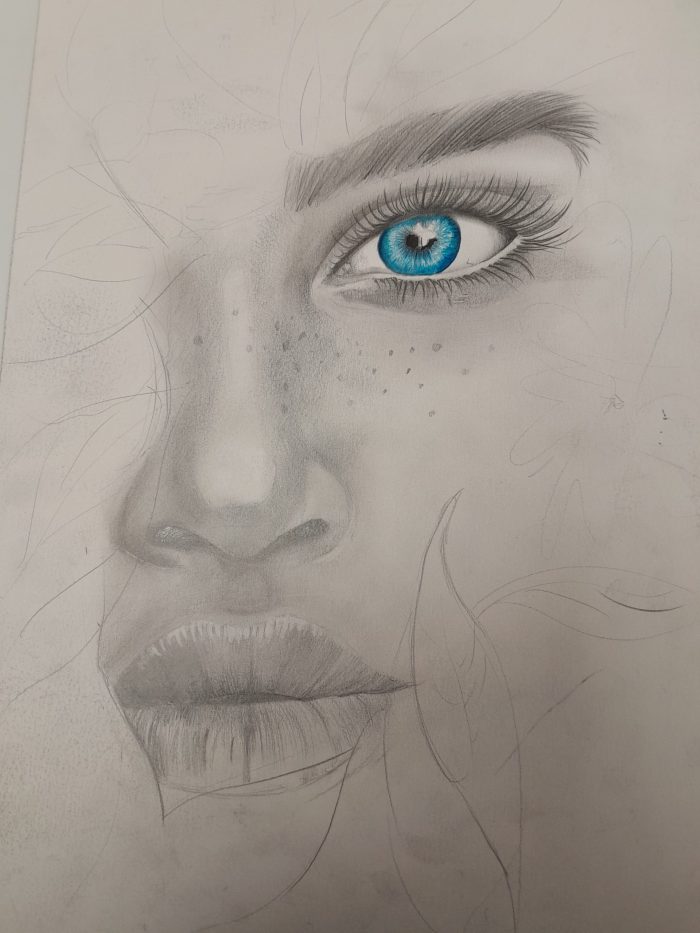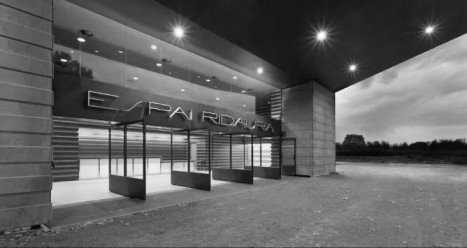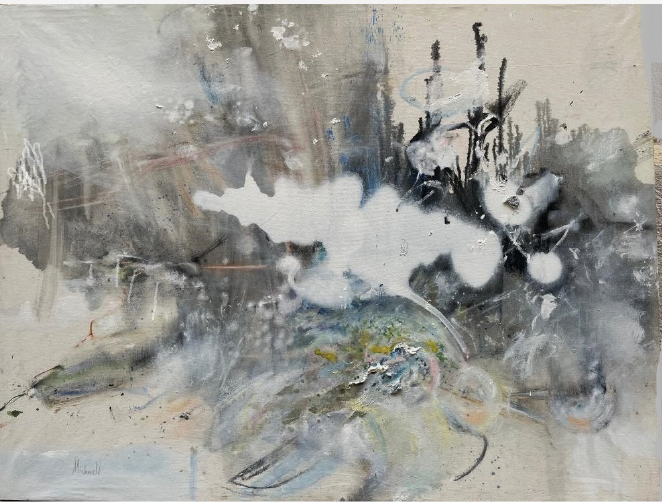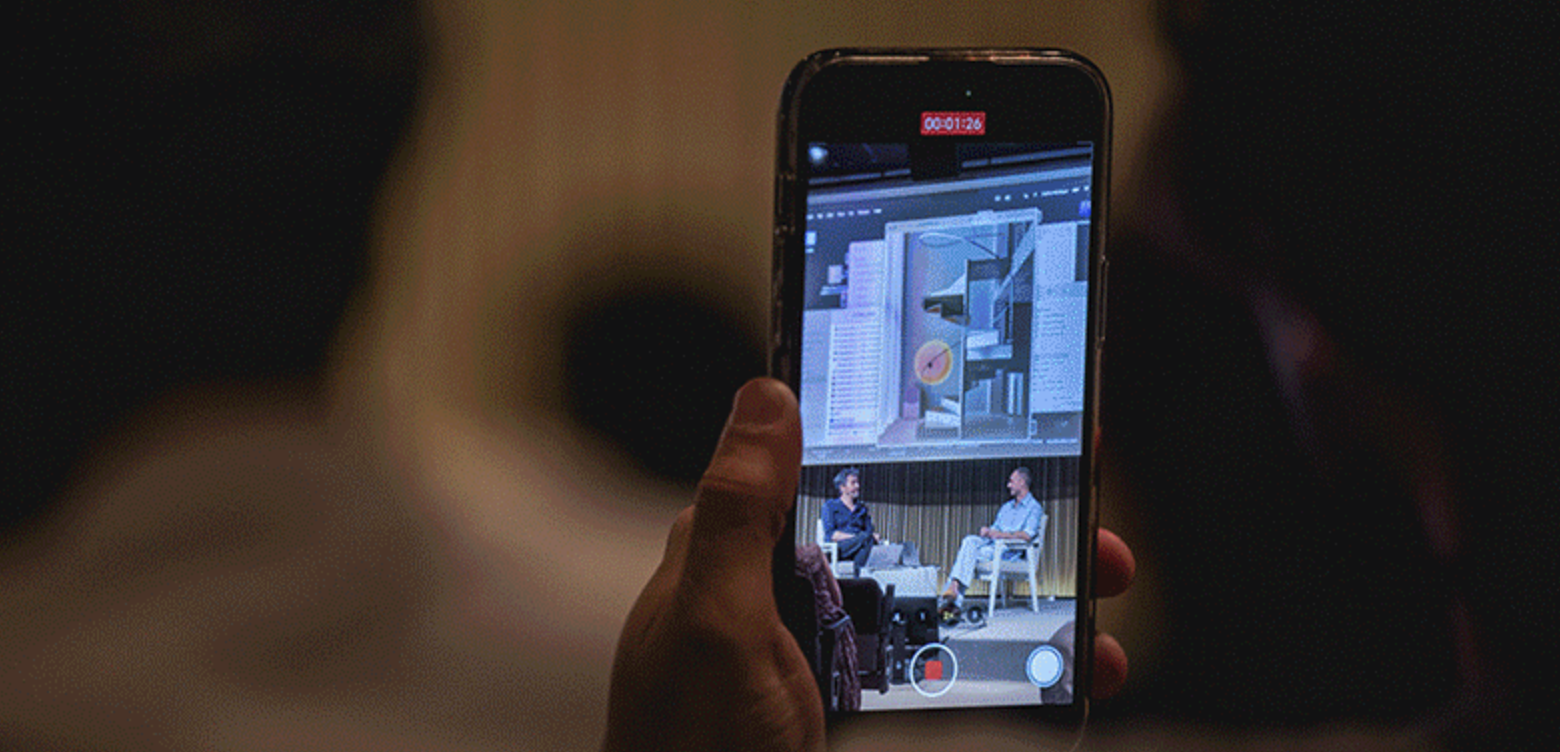reports
Tàpies, Vallès and Ràfols. Three key figures of Catalan informalism
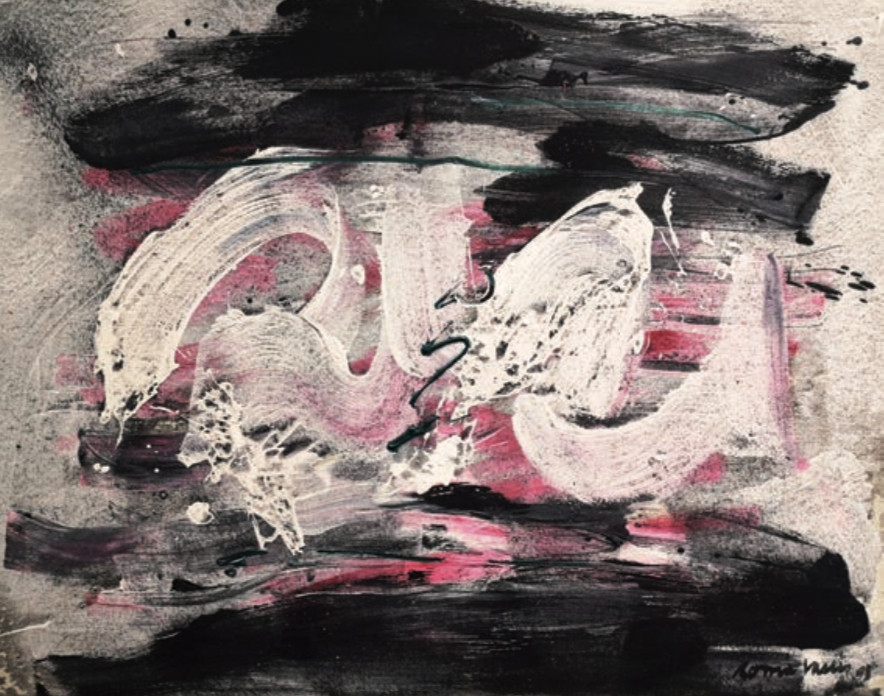
In 1923, three key figures of Catalan informalism were born: Albert Ràfols-Casamada, Antoni Tàpies and Romà Vallès. We remember his works.
In 1923, three key figures of Catalan informalism were born: Albert Ràfols-Casamada (February 2), Antoni Tàpies (December 12) and Romà Vallès (December 16). Evarist Vallès (July 12) should be remembered because, although he briefly dedicated himself to informalism, he did so with an insurmountable fury. I will focus on my neighbor and teacher Romà Vallès, the pure Cathar of Catalan informalism, although within his most immediate context; Tàpies and Ràfols-Casamada, companions in the abstract adventure.
A European context marked by war
"I am me and my circumstance," said Ortega y Gasset, proposing a new relational paradigm that has led all the existentialists and informalists of Europe. The circumstances of these men are tremendous: Primo de Rivera imported into Spain the fascism of his friend Mussolini (September 13, 1923) in harmony with the Nazi punch of Munich (November 8, 1923). It is also the last year of Lenin's life (January 21, 1924), which will give way to the Stalin era and his obscure maneuvers of false aid to the Spanish republic. All this will mark the life and work of our informalists, who lived through the Spanish Civil War in their teens. From here to the Second World War, in which Spain remained neutral in the battle and marginalized in the subsequent material and democratic recovery. Thomas M. Messer explained it masterfully in his exhibition Art after the flood (Palau Macaya, 1993), where the flood was war and informal art, the vital response. Our Catalan informalists defend rationalist architecture and design with references such as Mies van der Rohe and Le Corbusier in the world and Josep Lluís Sert here, who together with Llorens Artigas and Miró revalue craftsmanship as a basic plastic experience. Following in the wake of Picasso, Dalí and Miró, our informalists set a trend, defending rationalism but inhabiting old houses in their summer retreats. Miró and the farmhouse in Mont-roig from 1940 and earlier, Picasso in Vauvenargues Castle from 1958 and Dalí's hut in Portlligat from 1929.
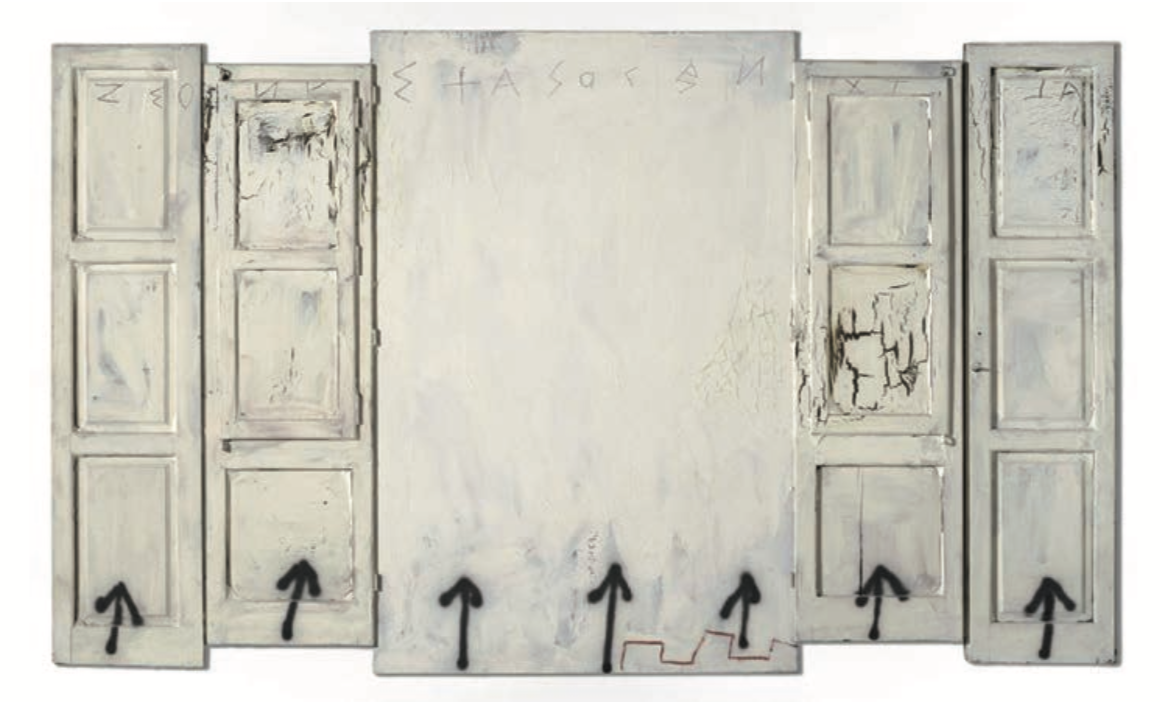 Antoni Tàpies. Portes i fletxes, 1987 ©Comissió Tàpies / Vegap. De la fotografia: © Foto Gasull, 2022.
Antoni Tàpies. Portes i fletxes, 1987 ©Comissió Tàpies / Vegap. De la fotografia: © Foto Gasull, 2022.
Antoni Tàpies
I remember the immense impact caused by the painting Gran-llit-porta by Antoni Tàpies exhibited at the Maeg Gallery in Barcelona on the day of its inauguration, on Carrer Montcada, on November 15, 1974, with Franco still alive. The pure and hard material of Tàpies, Miró's inheritance, surpassed everything; or, rather, he overturned everything, until we reached the failure of the Monument to Picasso (1981)... Here Tàpies, an individualist to the bone, failed to learn the lesson of poor art that he he himself anticipated and even less conceptual art. Ràfols-Casamada, at an equidistant vertex of this triangle and in his position as a spatialist painter closer to Rothko than to Pollock and a teacher at his EINA school, coexisted better with the new conceptual media, because in fact the spatialism, lyrical cousin of minimalism, has a conceptual soul. "Ràfols casi nada", some of his colleagues said maliciously, but also correctly and in a more positive way than it might seem.
Albert Ràfols-Casamada and Romà Vallès
Romà Vallès, avant-garde spatialist (like Ràfols-Casamada), with his black and white series (close to the monochromes of Yves Klein and Lucio Fontana), gained notoriety in Europe in the sixties while practicing, as Tàpies, an unmistakable, singular and atmospheric violent gesture. The relentless calendar has brought these artists together again. We don't need to worry about the Marquis of Tàpies, because he has enough communication and spare parts. For Albert Ràfols-Casamada and Romà Vallès, it is a good opportunity to reread their artistic legacy outside of the markets and society salons that should not affect them. In a gesture of generosity, in 2015 Romà Vallès bequeathed an important set of works and documents to the Fundació de la Caixa de Terrassa to create the permanent Romà Vallès space.
Two exhibitions with more than 100 works by Romà Vallès
This year, by the expert hand of Conxita Oliver and Joan Gil, two exhibitions were organized, The paper of Romà Vallès (from December 16, 2022 to February 19, 2023), with one hundred works on paper and a retrospective of paintings on cloth, now in preparation. His daughter Isabel Vallès takes care of the monumental task of the catalog raisonné. On a more modest scale, but no less passionate, Victòria Pujadas and myself, on the occasion of this centenary, will curate a unique exhibition: Romà Vallès in Teià, in the La Unió de Teià room (from June 2 to July 27 ), town where Romà Vallès maintained, from 1968 to 2001, his workshop, in the Gothic farmhouse of Can Monac, scene of many encounters and learning. With the participation of Jordi Cerdà, with whom he collaborated in the series Procés-pintura (1979), his disciples (strange word today, but very valid) we give him a return of his teachings based on affection. As a matter, 15 works from various private collections of Teià and a lot of documents and memories, long talks and cosmic visions under the milky way that crosses the gable roof of Can Monac.





